- Car
- Lamborghini
- Lamborghini Countach (1 offer)
Lamborghini Countach Classic Cars for Sale
The Lamborghini Countach, produced from 1974 to 1990 in Sant'Agata Bolognese, Italy, redefined the supercar segment with its radical wedge-shaped design, scissor doors, and powerful V12 engine. Its unmistakable silhouette and technical innovations made it a trendsetter and a reference point for high-performance sports cars. The Countach remains a symbol of Italian engineering and design excellence.
Search results
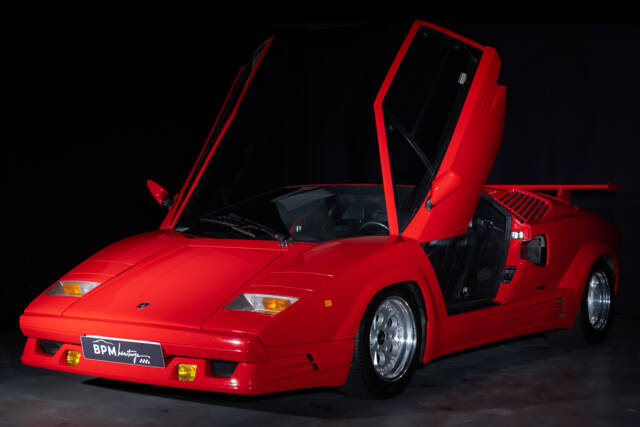
1989 | Lamborghini Countach 25th Anniversary
ex pilote F1
Lamborghini Countach listing references from Classic Trader
Below you will find listings related to your search that are no longer available on Classic Trader. Use this information to gain insight into availability, value trends, and current pricing for a "Lamborghini Countach" to make a more informed purchasing decision.
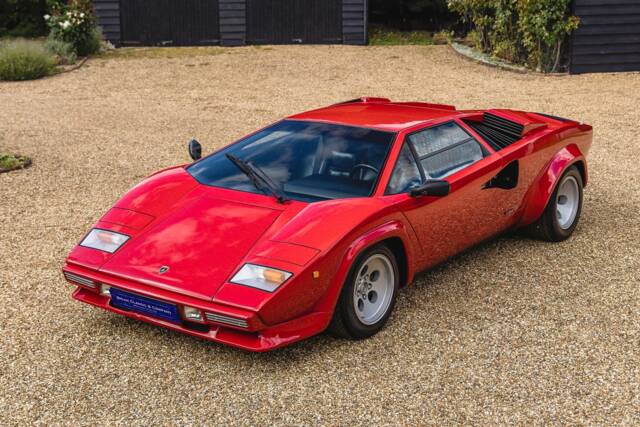
1987 | Lamborghini Countach LP 5000 S QV
The immortal "Downdraft"
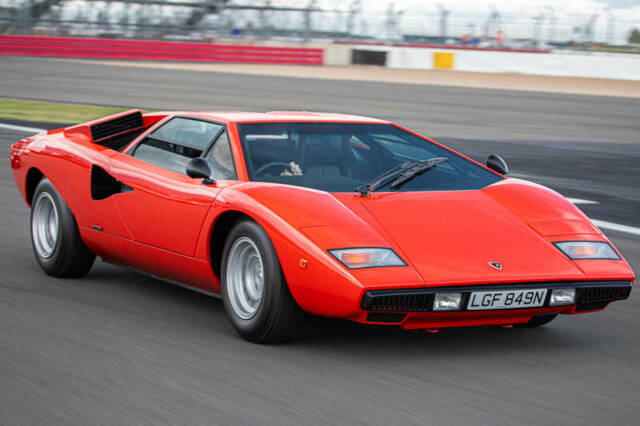
1975 | Lamborghini Countach LP 400
1975 Lamborghini Countach LP400 Periscopio
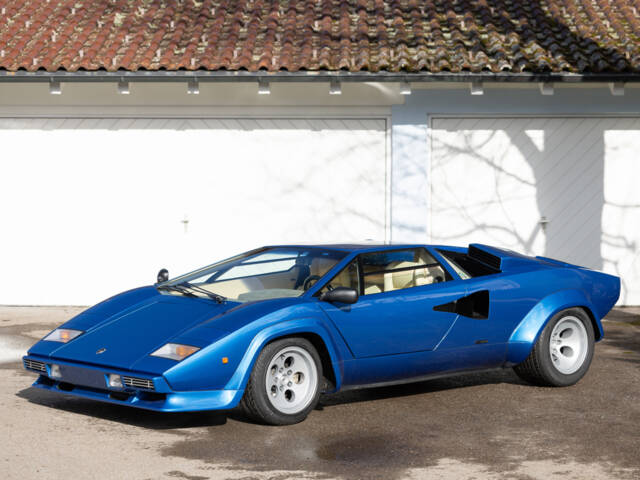
1981 | Lamborghini Countach LP 400 S
1981 Lamborghini Countach LP400 S by Bertone
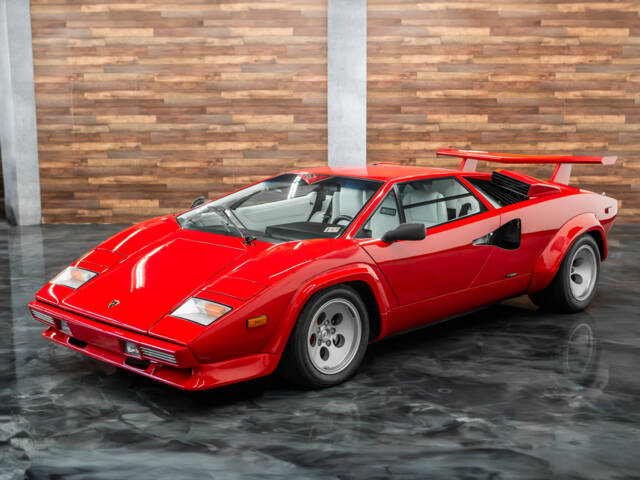
1988 | Lamborghini Countach LP 5000 S QV
1988 Lamborghini Countach 5000 Quattrovalvole by Bertone
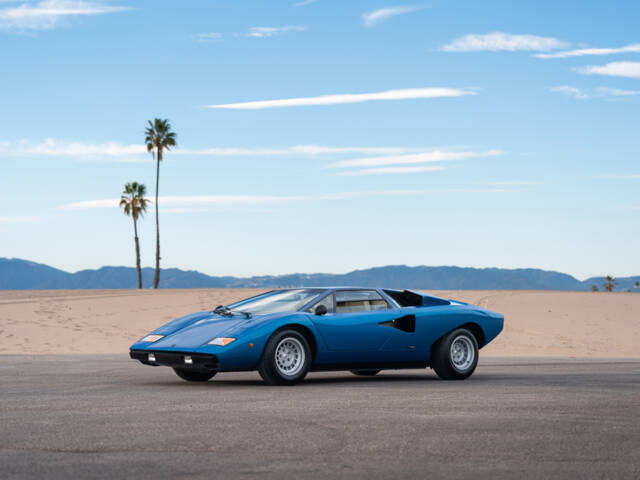
1976 | Lamborghini Countach LP 400
1976 Lamborghini Countach LP400 ‘Periscopio’ by Bertone
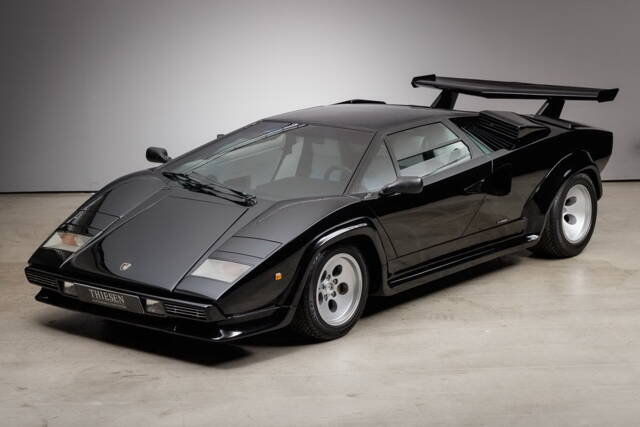
1982 | Lamborghini Countach LP 400 S
Countach LP 400S Serie 3
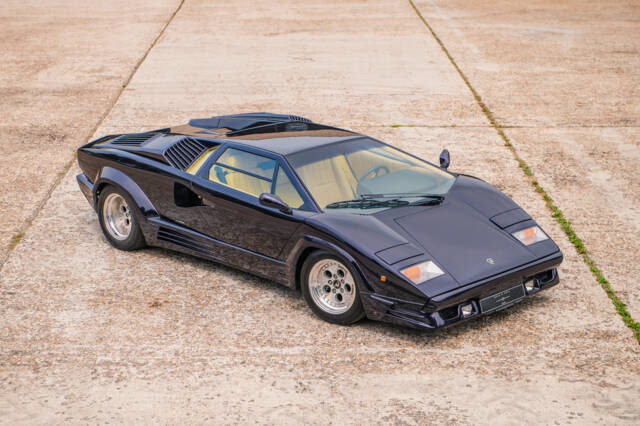
1990 | Lamborghini Countach 25th Anniversary
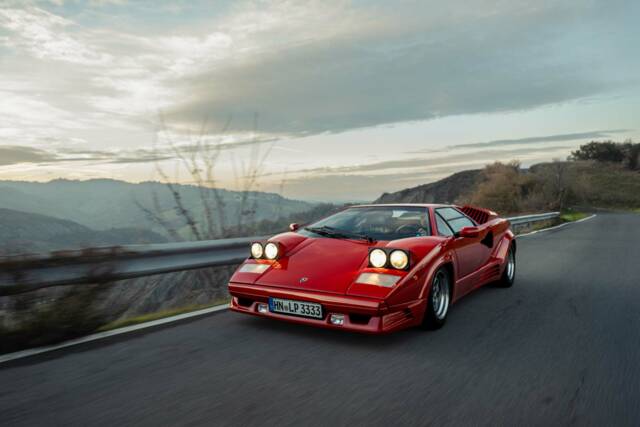
1989 | Lamborghini Countach 25th Anniversary
Showing 26,200 km on the odometer
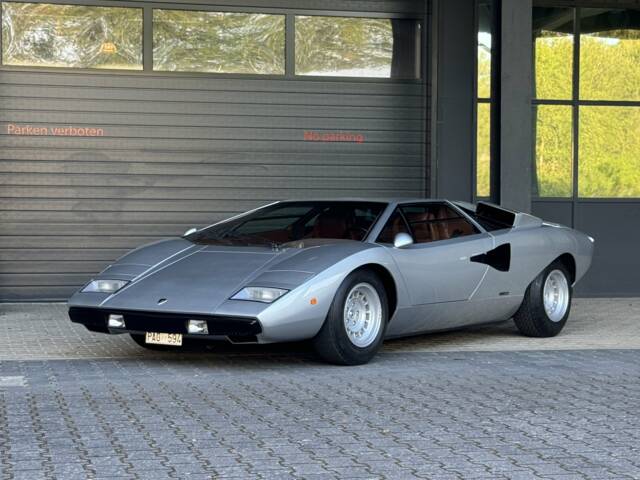
1975 | Lamborghini Countach LP 400
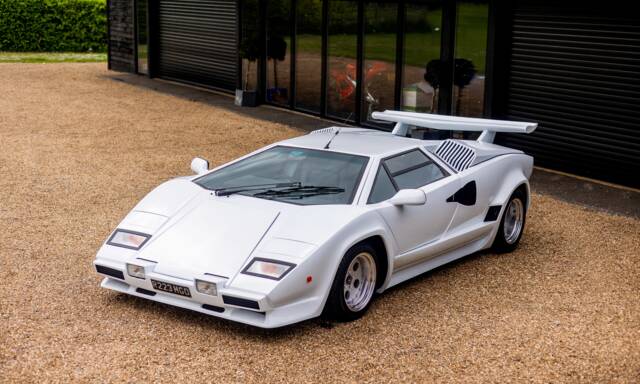
1998 | Lamborghini Countach LP 400
1998 Countach recreation by ABS Scorpion
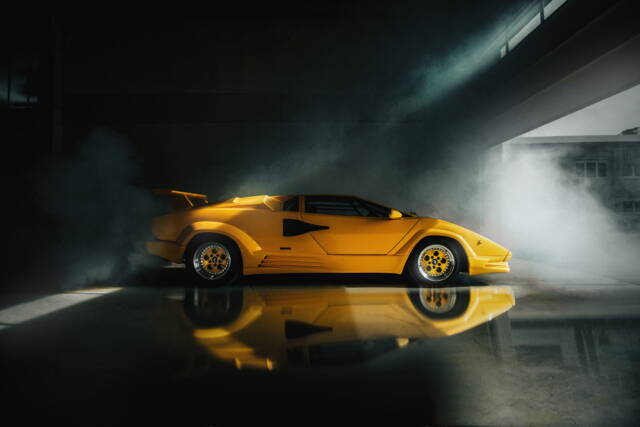
1990 | Lamborghini Countach 25th Anniversary
+++Giallo Fly yellow+++ euro Spec

1983 | Lamborghini Countach 5000 S
Countach 5000 S
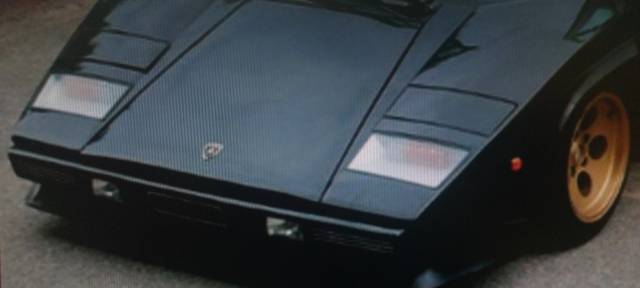
1979 | Lamborghini Countach LP 400 S
TETTO BASSO PLEASE READ THE DESCRIPTION
Introduction and History of the Lamborghini Countach
The Lamborghini Countach was conceived as the successor to the Miura, with development beginning in 1970 under the project name LP112. Chief engineer Paolo Stanzani and designer Marcello Gandini of Bertone aimed to create a car that pushed the boundaries of performance and design. The prototype, LP500, debuted at the 1971 Geneva Motor Show, showcasing a radical wedge-shaped body and scissor doors. Production began in 1974 with the LP400, and the Countach remained in production until 1990. Over its 16-year lifespan, the Countach underwent continuous technical and stylistic evolution, influencing the direction of Lamborghini and the broader supercar market.
Model History
The Countach lineage began with the LP400 (1974–1978), featuring a 3.9-litre V12 engine. The LP400 S (1978–1982) introduced wider tyres and flared arches, while the LP500 S (1982–1985) increased displacement to 4.8 litres. The LP5000 Quattrovalvole (1985–1988) brought a 5.2-litre V12 with four valves per cylinder and, in some versions, Bosch fuel injection. The final iteration, the 25th Anniversary Edition (1988–1990), featured aerodynamic and comfort improvements. Special versions such as the Walter Wolf Countach and Turbo S further expanded the model's legacy. The Countach was succeeded by the Lamborghini Diablo in 1990.
Highlights of the Lamborghini Countach
The Countach is instantly recognisable for its sharply angled wedge design, scissor doors, and aggressive stance. It introduced technical innovations such as a longitudinally mounted V12 engine and a tubular spaceframe chassis. The car's performance, with outputs up to 455 PS and top speeds approaching 300 km/h, set new benchmarks for road-going sports cars. The Countach's influence extended beyond performance, shaping the visual language of Lamborghini and the supercar genre. Its presence in popular culture, especially as a 'poster car' of the 1980s, cemented its status as a design and engineering milestone.
Technical Data
Special Editions and Collectible Models
Notable special editions include the Walter Wolf Countach, featuring a 5.0-litre engine and unique aerodynamic modifications; the Turbo S, with twin-turbocharging and up to 759 PS; the Countach QVX Group C race car; and the one-off Evoluzione prototype, which tested advanced composite materials and technologies. The 25th Anniversary Edition, styled by Horacio Pagani, introduced aerodynamic and cooling improvements and is considered the most refined production Countach.
Weak Spots and Common Issues
No specific weak spots or common issues are documented in the provided data. However, as with many high-performance classics, buyers should pay attention to the condition of the V12 engine, transmission, and chassis, as well as the originality of bodywork and interior components. Maintenance and restoration require specialist knowledge and access to original parts.
Engine and Performance, Transmission and Handling
The Countach's V12 engines delivered outputs from 375 to 455 PS, with torque peaking at 500 Nm in the Quattrovalvole models. Acceleration and top speed figures were at the forefront of their era, with the 25th Anniversary Edition reaching 0–100 km/h in 4.7 seconds. The 5-speed manual transmission and rear-wheel-drive layout provided direct, engaging handling, though the heavy controls and wide chassis demanded skill from the driver. Suspension and braking systems were designed for high-speed stability and cornering performance. Notable models include the LP400 for its purity and low drag, the LP5000 QV for peak power, and the 25th Anniversary for its refinement.
Interior, Comfort, Exterior and Design
Marcello Gandini's design for the Countach introduced the sharply angled wedge shape, scissor doors, and aggressive proportions that became Lamborghini hallmarks. The interior featured deeply recessed bucket seats, a prominent transmission tunnel, and a driver-focused dashboard. Materials included leather upholstery and aluminium trim, with later models offering improved comfort and air conditioning. Exterior colours ranged from classic black to vibrant hues, often paired with large five-spoke wheels and distinctive rear wings. Accessories such as original steering wheels, additional instrumentation, and climate control systems were available. The Countach's design innovations influenced not only Lamborghini but the entire supercar segment.
Other Relevant Features
The Countach was produced in both European and American versions, with US models featuring larger bumpers and Bosch fuel injection to meet regulations. The car was assembled in Sant'Agata Bolognese, with a small number of kits assembled in South Africa. The Countach served as the Formula One safety car at Monaco (1980–1983) and inspired a 2021 limited-production hybrid model, the Countach LPI 800-4.
Summary
The Lamborghini Countach stands as a milestone in automotive history, combining radical design, advanced engineering, and high performance. Its technical innovations, distinctive appearance, and cultural impact have made it a reference point for supercars. With strong supply and demand in the classic car market, the Countach remains a sought-after example of Italian automotive excellence.
